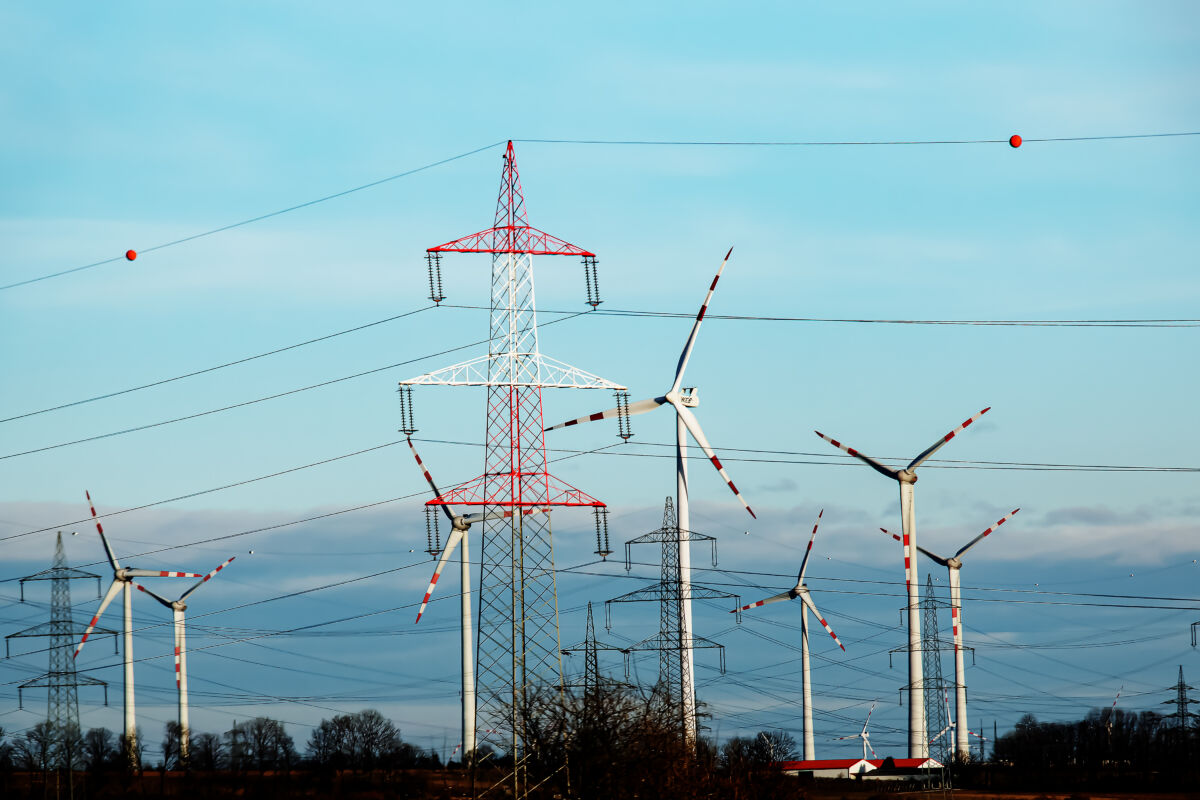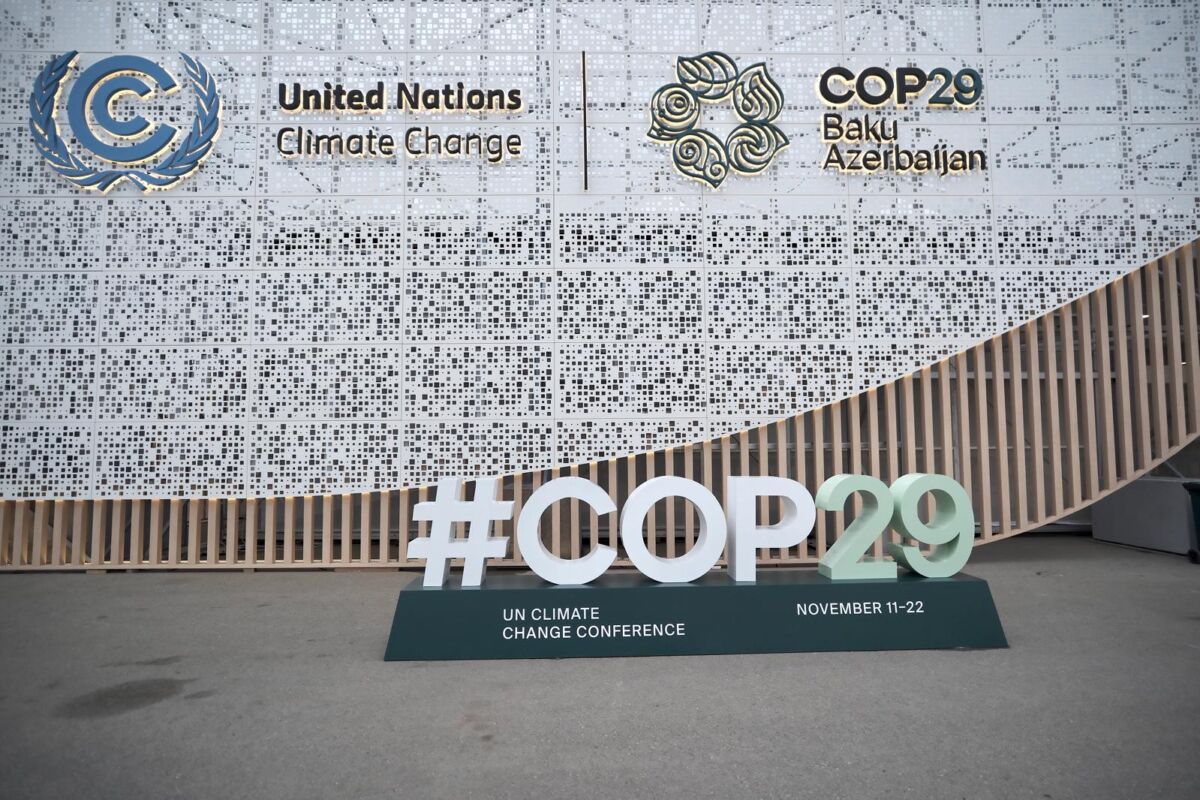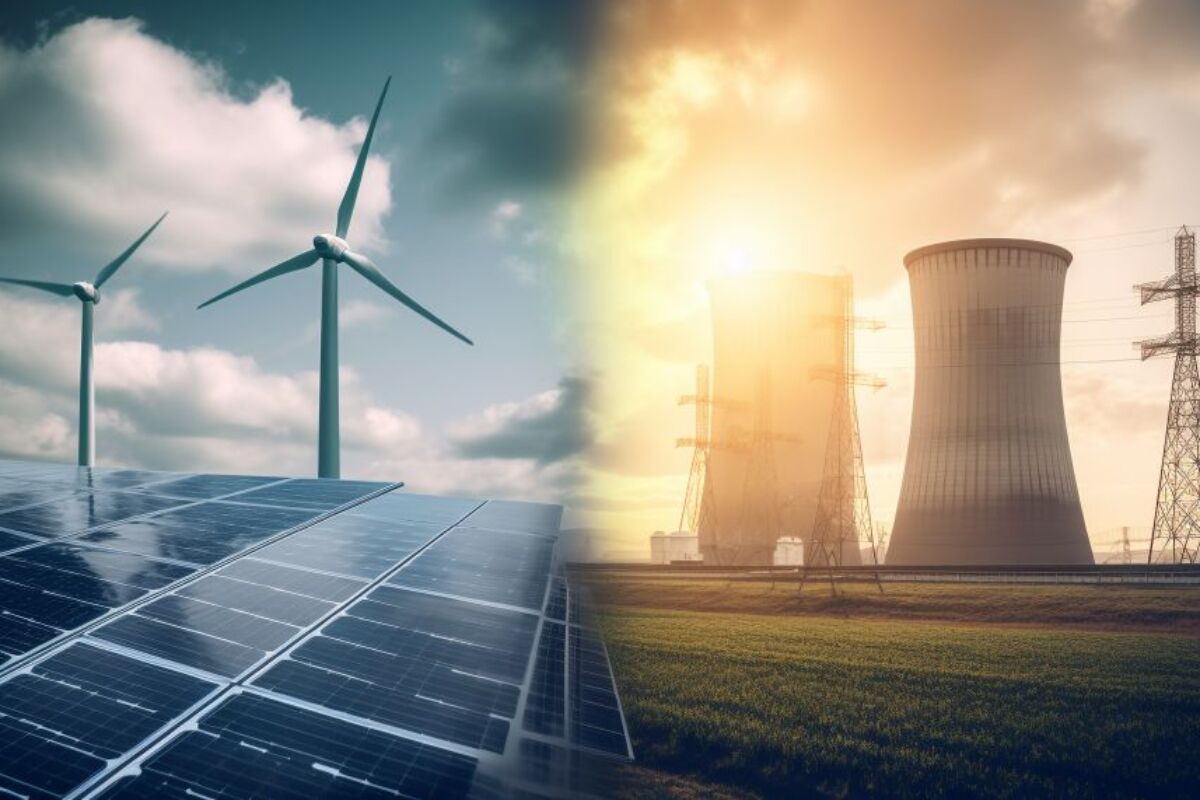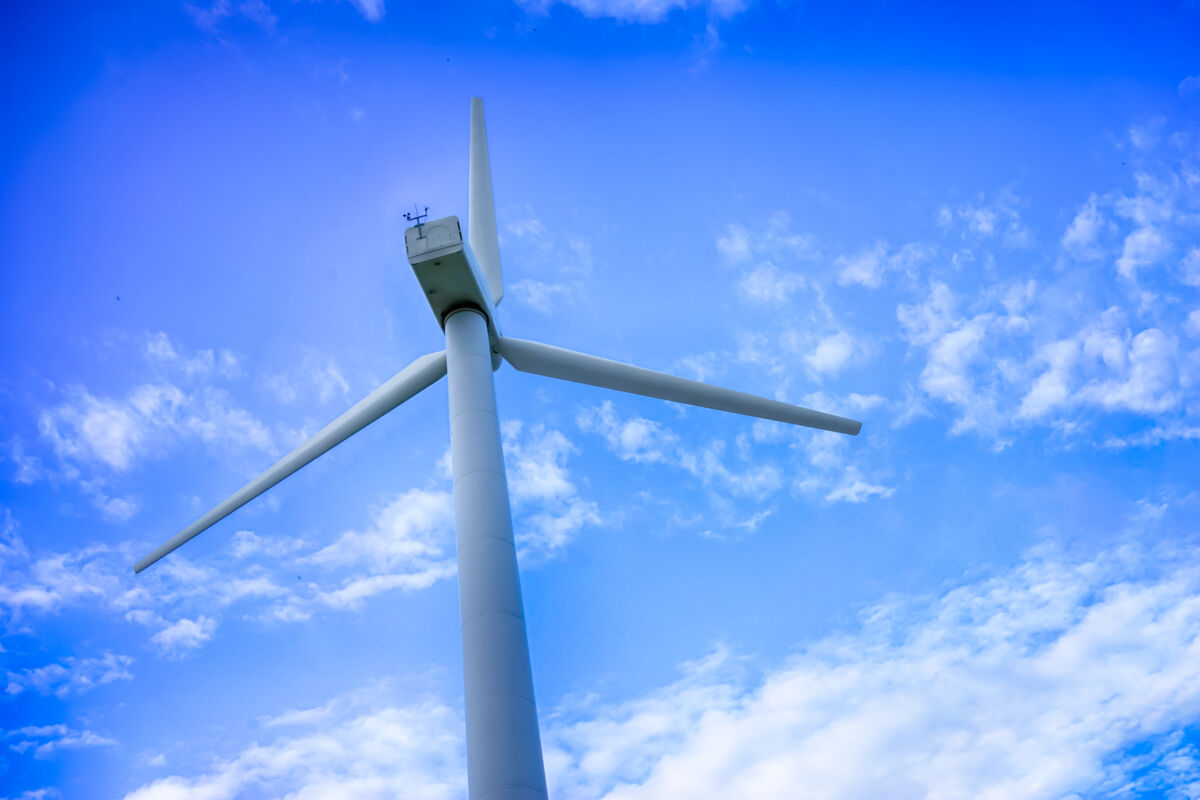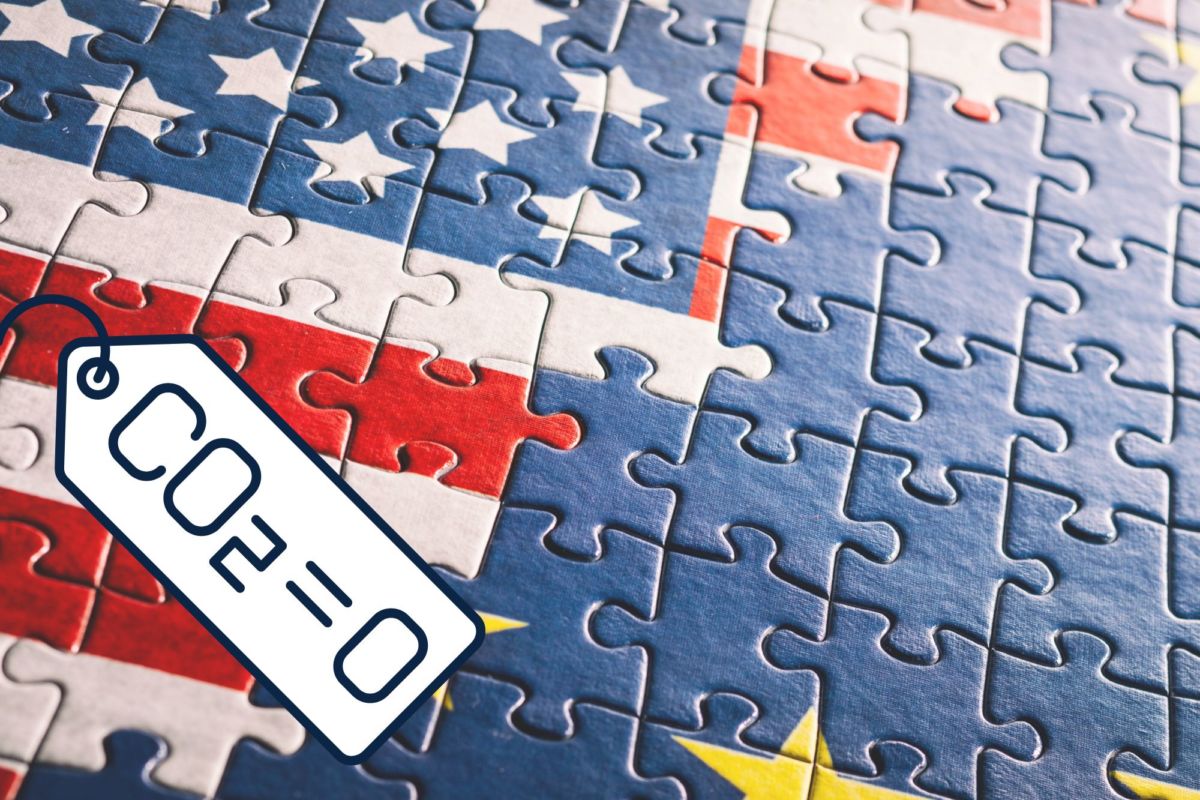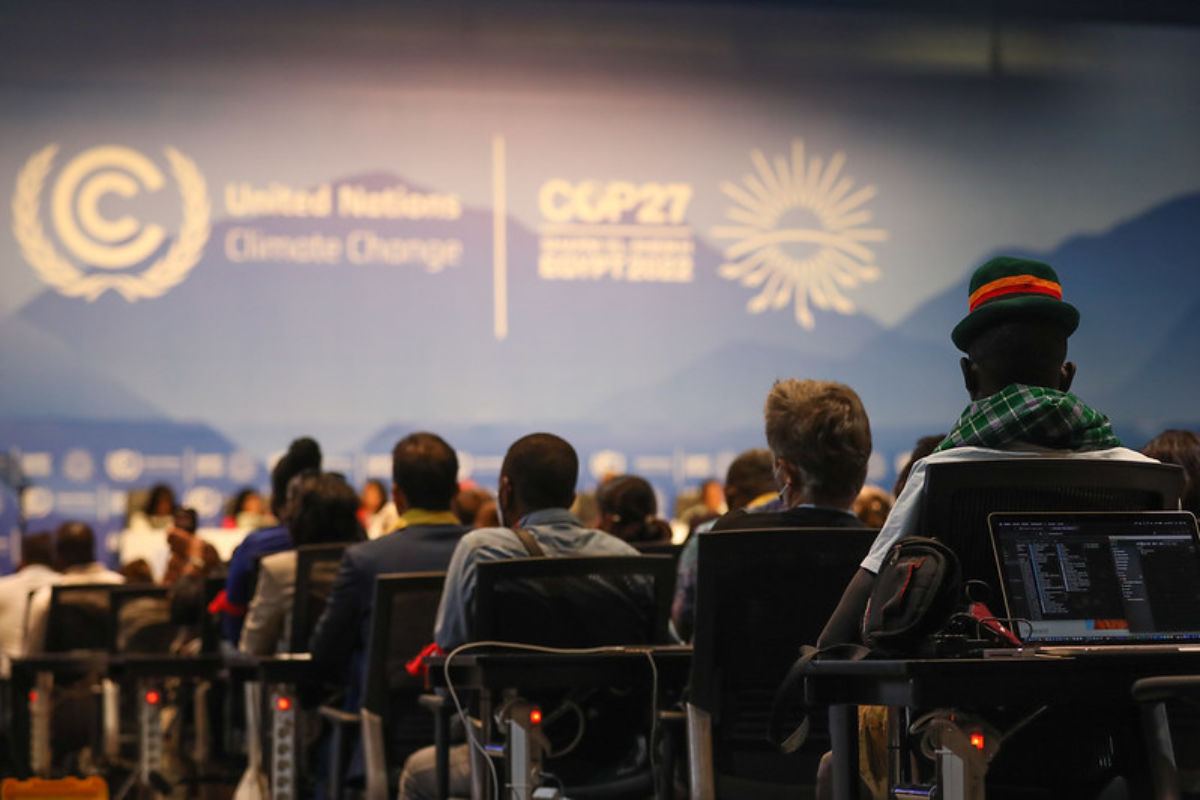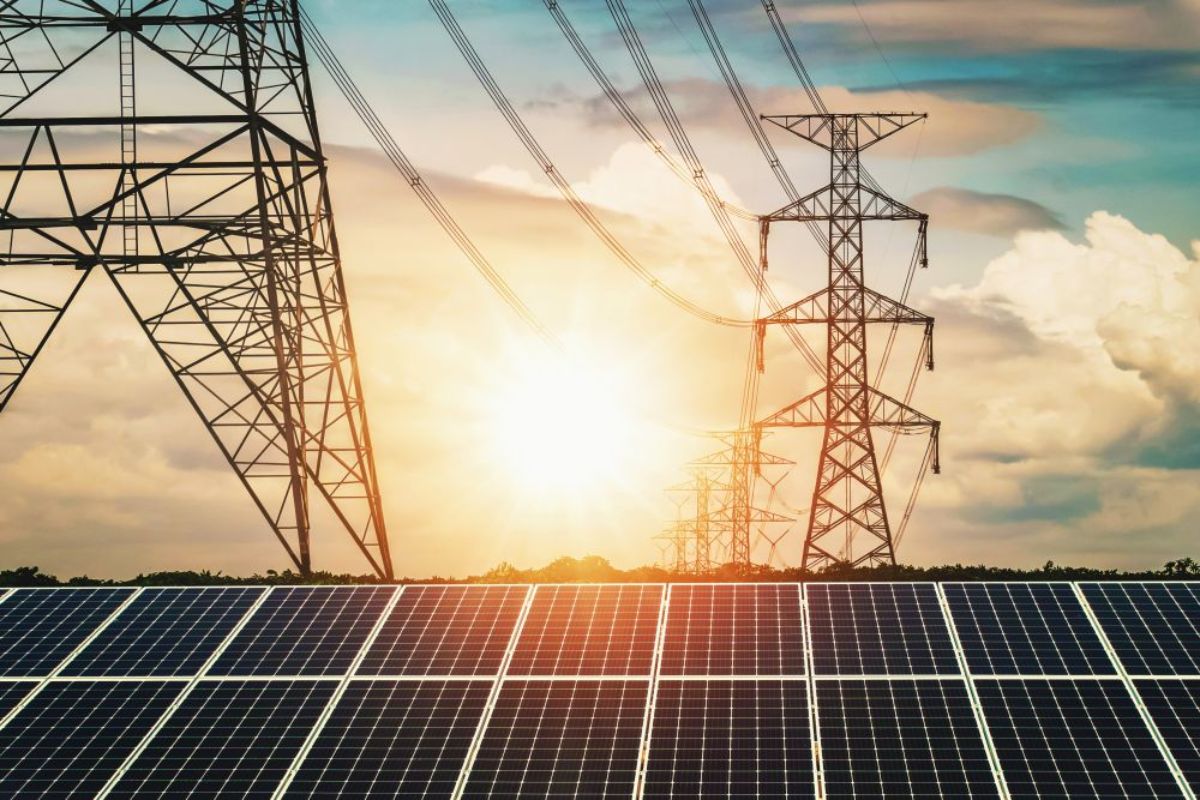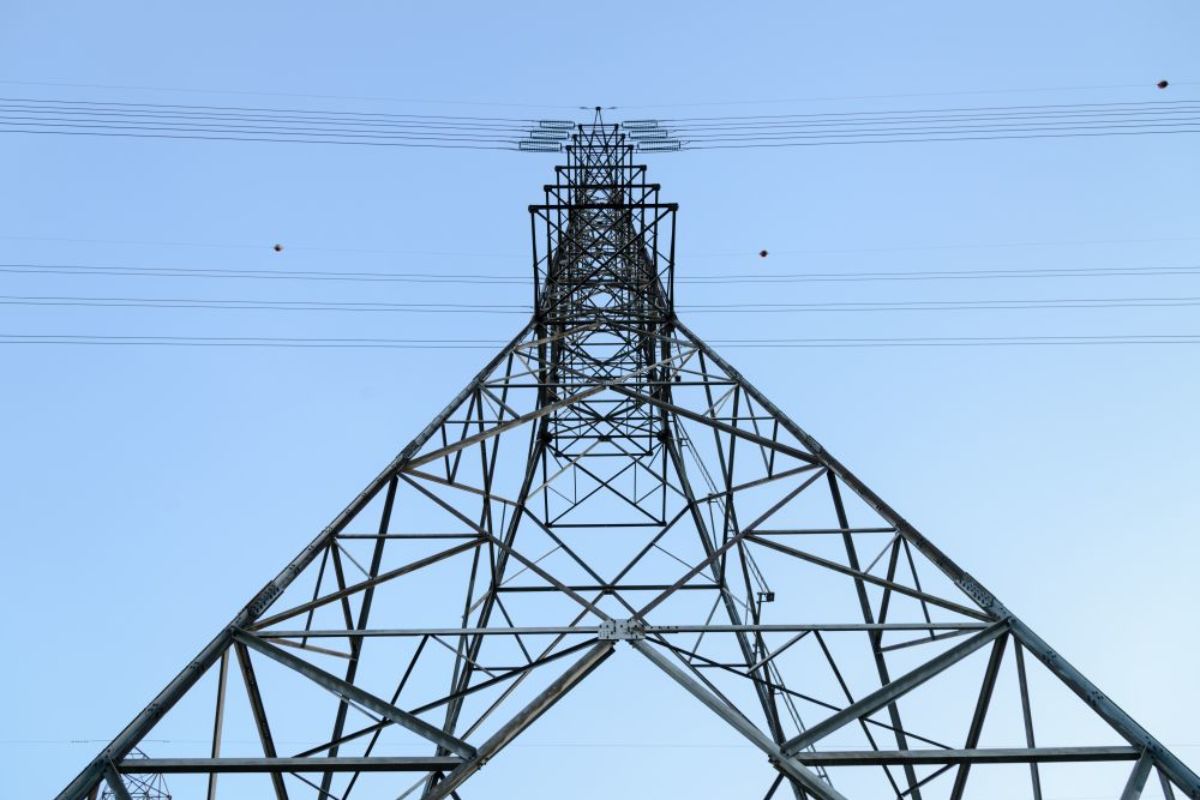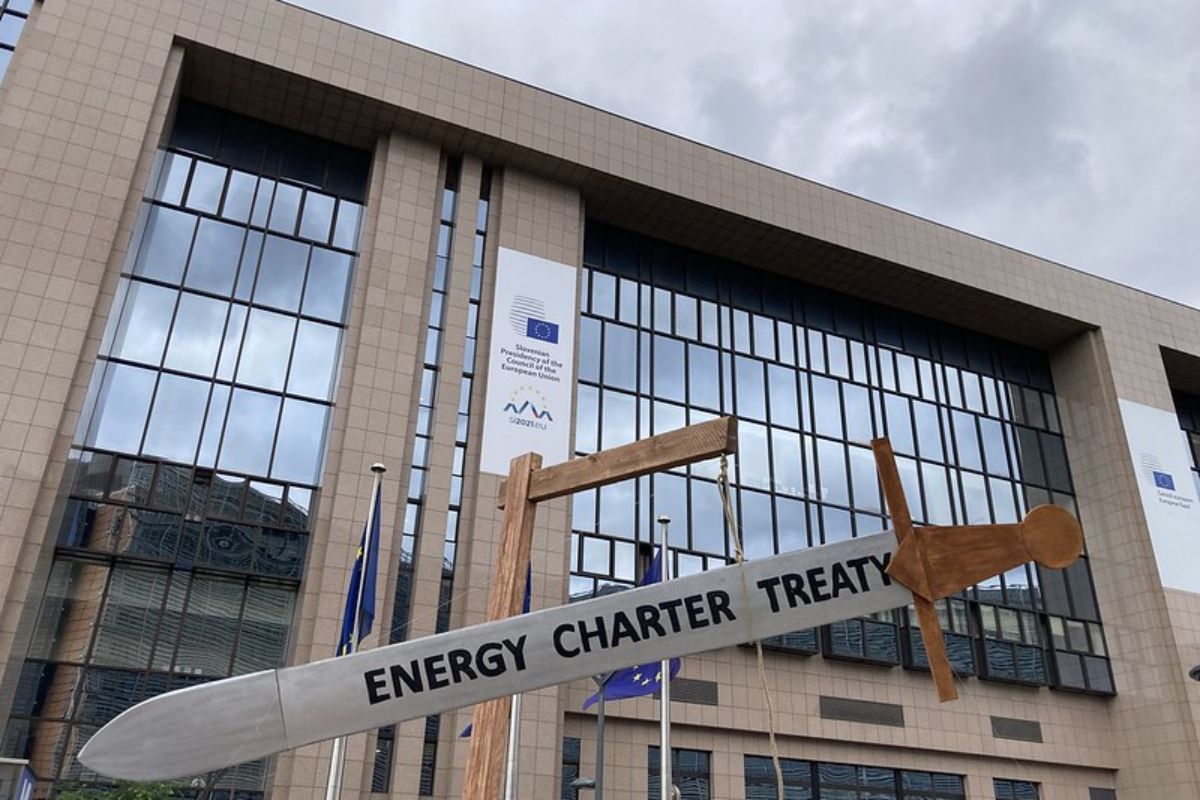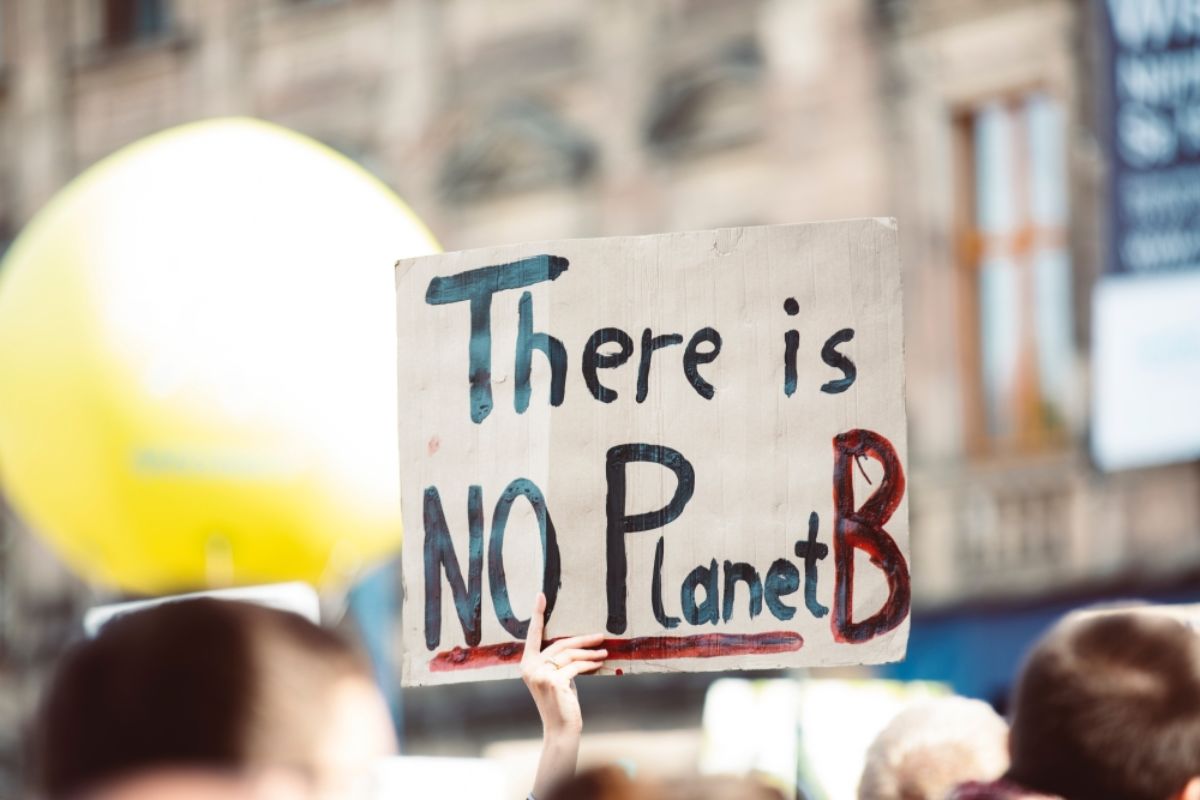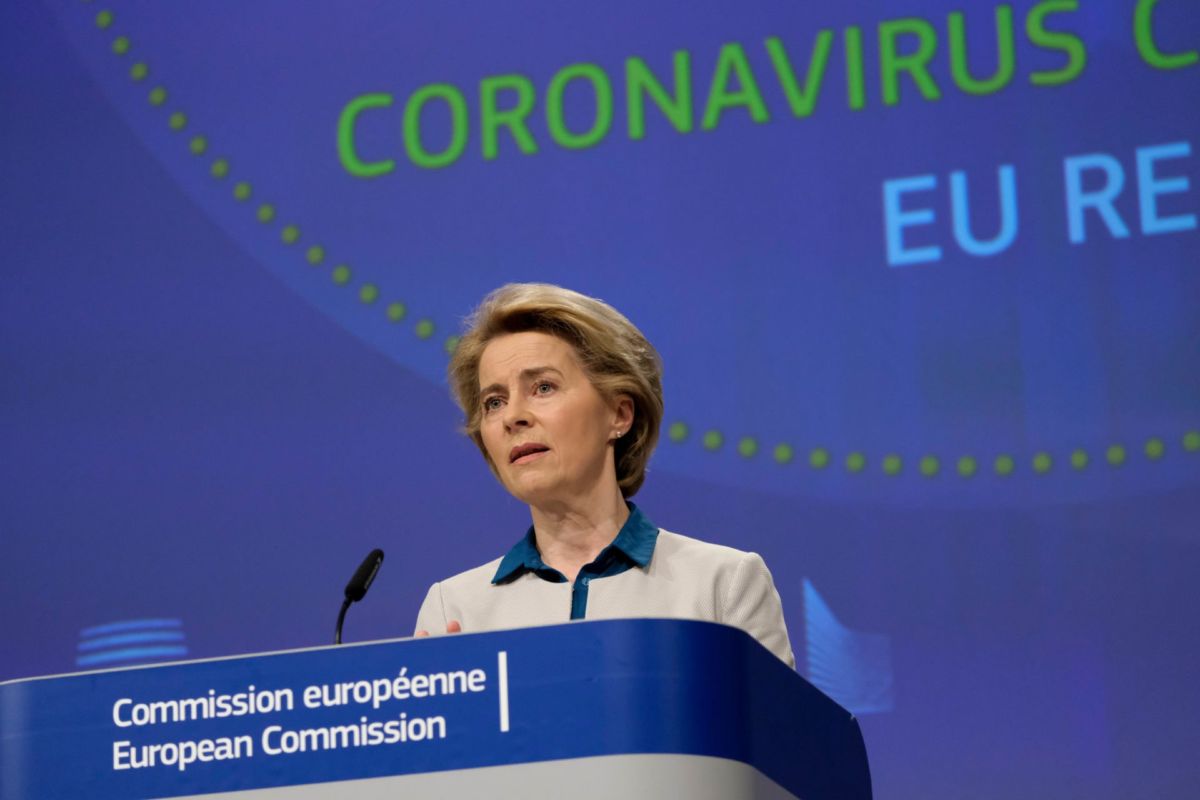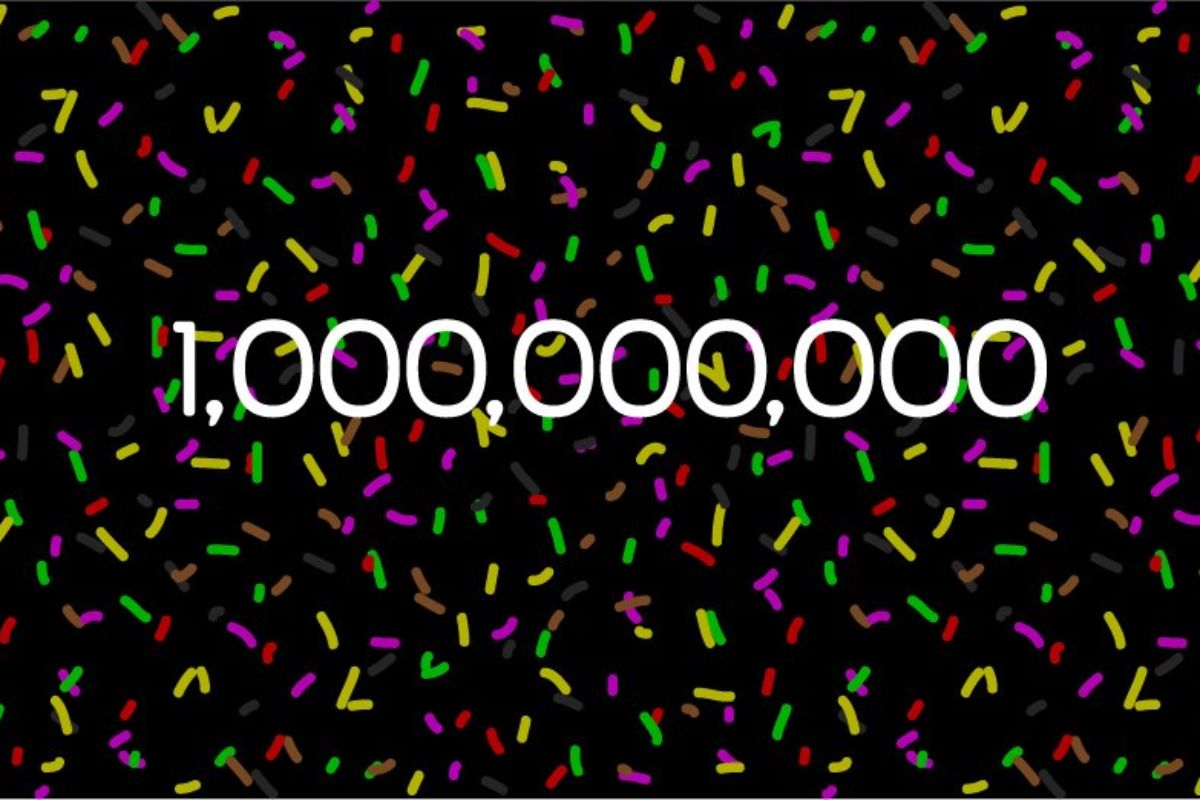The virus of national selfishness is degrading international relations towards distrust, hostility and confrontation. In response, we need a highly visible multilateral initiative that clearly promotes justice and the common good of humankind rather than merely the self-interest of those who launch it.
One promising area for such an initiative is the health sector. With pandemics, drug resistance, pollution and global warming all increasingly threatening human health around the globe, collaborative efforts can protect health worldwide. Suppressing disease in one country can reduce health risks in others; therapeutics and diagnostics developed for use in one country can (and should) benefit all people around the world.
Another auspicious area is our shared planetary environment, which is increasingly threatened and degraded by human pollution. Here too, the potential benefits of international collaboration are exceptionally large as polluting activities – and efforts to reduce and contain pollution – affect all life on our planet, now and far into the future.
Seemingly separate at first glance, these two areas actually overlap. The ecological crisis damages human health, destroys biodiversity and spoils the environment and climate for future life on our planet. That’s why an initiative placed firmly within this overlap would make a lot of sense.
One such initiative is the creation of an Ecological Impact Fund (EIF), which would incentivise and reward the development of green technologies for, and their deployment in, a defined set of lower-income countries (‘the EIF-Zone’). The EIF would make preannounced annual disbursements, to be divided among registered new green technologies. This division would be based on how much pollution-based harm was averted with each of these technologies in the EIF-Zone during the preceding year — with harm assessed as a weighted sum of greenhouse gas emissions (CO2eq) and lost quality-adjusted life years (QALYs).
With participation optional, the EIF’s reward rate would be internally self-regulating and gravitate to a stable level that’s seen as fair between participating firms and the EIF’s funders – when firms find it unattractive, registrations to participate dry up and the reward rate then naturally rises among those that are left; when the reward rate is seen as generous, registrations multiply and the reward rate then declines. Fairness among participating firms would be likewise assured as all are remunerated at the same reward-to-benefit rate.
In exchange for taking part in EIF disbursements for five years, innovative firms would permanently forgo their rights to patent-based monopoly privileges in the EIF-Zone (while patent privileges outside the EIF-Zone and for unregistered innovations would remain unaffected). What makes the EIF potentially so attractive is that it would give green innovator firms new opportunities to profit from delivering green technologies in EIF-Zone countries while letting them choose, for each innovation, whether to register it or to stick with patent privileges.
The EIF would thus greatly increase the uptake and impact of green technologies in EIF-Zone countries, while avoiding monopoly markups that would raise their price. The added incentive of impact rewards would motivate firms to promote their registered technologies’ wide deployment and effective use. Through the prospect of enhanced profits, the EIF would also stimulate the development of additional green technologies designed to fit the EIF-Zone populations’ needs, cultures, circumstances and preferences.
By thus stimulating diffusion and innovation in and for the EIF-Zone, the EIF would also expand local capacities to develop, manufacture, distribute, deploy, operate and maintain innovative green technologies, something that is sorely lacking today.
Crucially, the EIF would not require unanimity. Its main funders (possibly via the Green Climate Fund or the Global Environment Facility) could include willing European states plus China, which have greatly contributed to the global ecological crisis and have, over many decades, accumulated substantial wealth through highly polluting activities.
Additional funds could come from international offset markets and eventually from a capital endowment built steadily over time from treaty-based state contributions, bequests, and donations by firms, foundations and philanthropists.
The EIF shows how we can jointly build a beacon for justice and cooperation against the current dark trends that are asserting themselves throughout the international order. Fully achievable and worth achieving, the EIF sets a high standard for what multilateral cooperation can aspire to achieve.
Indeed, converging around a common project like the EIF would increase our chances of success and help stem the tide of nationalist selfishness, distrust, hostility and conflict that threaten to define our age.
This CEPS Expert Commentary is part of a special series being published prior to the CEPS Ideas Lab on 3-4 March 2025 to showcase some of the most innovative ideas we’ll be rigorously debating with our participants. More info can be found on the official Ideas Lab 2025 website.





